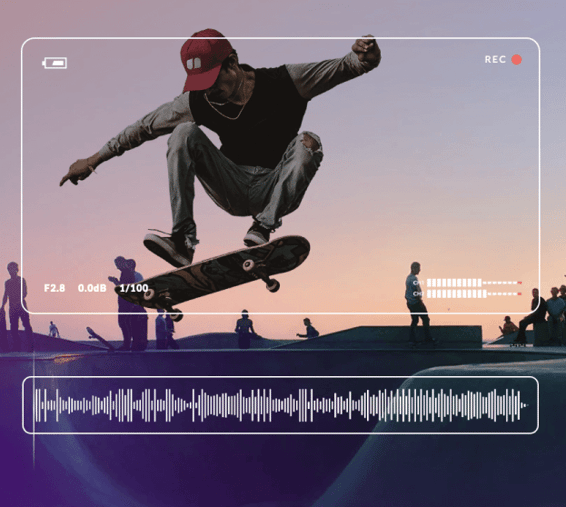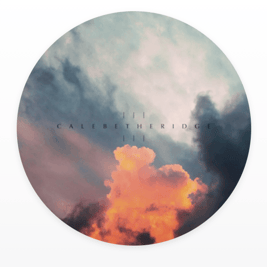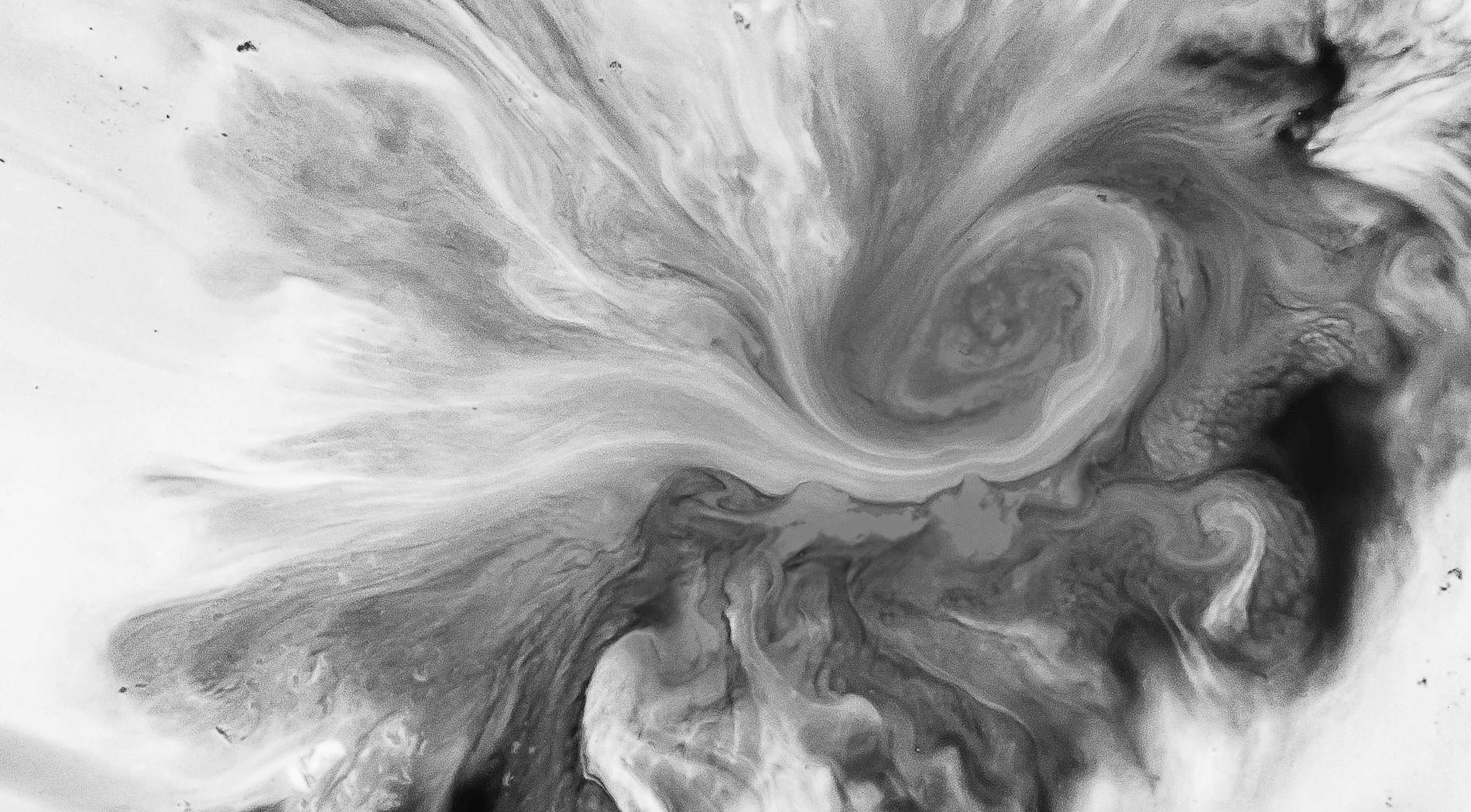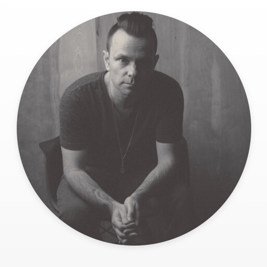Welcome to Outstanding
Royalty Free Sad Background Music






Listen to our Best Sad Background Music
We know the right song can make or break your project. That’s why every track in our library is vetted by award-winning producers. Hear for yourself. We've curated a playlist with our best royalty free sad background music.
Looking for something different?
We got you. From classical to hip hop to indie, our audio library contains thousands of outstanding tracks. Use one of our 13 filters or check out other curated playlists to find what you need in minutes.
BROWSE THE FULL CATALOG
Dead Simple Licensing
Never worry about licensing again. With Soundstripe, your membership covers the cost for every song license. Just find the right track, download the file, and get a custom license. That’s it. No channel or media-specific fees, no recurring royalties, ever. Here’s more good news: you have unlimited licenses. Go ahead, download as many songs as you want.
Building A Powerful Moment With Sad Background Music
Some viewers — ahem, a few of us on the Soundstripe team included — become so immersed in a story arc that moments of loss, pain, and sadness trigger a physical empathetic response (i.e., many, many tears).
To produce a project that engages the audience in this way, creators chart out which camera shots and angles are best-suited for every second of footage.
From the visual elements to the musical accompaniments, planning for post-production begins long before filming starts. This is because the creative decisions made early on play a significant role in shaping the final project.
While a project’s storyline piques the audience’s interest, the music enhances the emotional resonance of each on-screen moment. This is seen time and time again in films like Schindler’s List (1993), The Green Mile (1999), and Marley & Me (2008).
If the music is overpowering or important details aren’t captured on-screen, the emotional impact of a scene can fall flat. If the visuals and sounds in a shot are competing for the viewer’s attention, the lack of harmony can deter, rather than engage, the audience.
Building a powerful on-screen moment is possible when you strike the right balance between what the audience sees and hears. The right background music can complement video and film projects without posing as a distraction to the viewer.
In this piece, we explore the instruments commonly used to produce sad background music and how Soundstripe artists use these instruments to create emotionally compelling music.
Music licensing doesn’t have to be intimidating or budget-breaking, which is why we also share where you can find and license sad background music for your next creative project.
Producing Sad Background Music: The Instruments
Music selection for any project — whether it be a wedding video, short film, documentary, etc. — requires a lot of forethought.
Before you begin your search for the best music for your project, it’s important to consider which instruments will produce the types of sound you need. Because, to borrow from a Willie Nelson song, “you just can’t play a sad song on a banjo.”
To put this concept to the test, researchers in one study set out to determine which instruments musicians identified as best-suited for creating sad music.
Out of 44 western instruments included in the study, participants identified the human voice, cello, viola, violin, and piano as most effective at producing sad music.
The researchers speculate that the instruments’ ability to produce low pitched sounds with a dark timbre in small intervals is what made these instruments stand apart from the rest.
Several other factors play a role in producing sad background music: visual context, energy, and tempo.
Visual context
Viewers look for visual cues when processing and interpreting what is happening on-screen.
The background music that you pair with each shot creates a sense of continuity from shot to shot and strengthens the emotional power of a scene. What the audience sees impacts how they interpret the background music and respond emotionally.
Take this scene from Stranger Things, for instance.
The background music enters into the scene at the same moment that Eleven (Millie Bobby Brown) begins reading the letter.
Though the shots don’t follow a linear timeline, the past, present, and future are thematically connected because of the voiceover and background music. These different shots help to build the emotional impact of the moment by showing how the characters grapple with feelings of sadness, grief, and fear.
The background music is subtle at first but becomes more prevalent as the scene progresses.
Energy & Tempo
Sad background music is commonly characterized as low energy, though this isn’t always the case.
For instance, Caleb Etheridge’s Pursuit of Wonder utilizes instruments like the cello and violin to create a sad song with medium energy.
Tempo affects our bodies’ and minds’ response to music. Because resting heart rates tend to range between 60 and 120 BPM, faster tempos trigger a sense of alertness whereas slower tempos signal the opposite response.
For this reason, sad background music typically has a tempo of 120 BPM or less.
3 Artists Behind Soundstripe’s Melancholic Music
Musicians account for these different elements when composing and producing sad background music. To further explore how creators make sad music, we’re spotlighting three artists who have contributed radio-quality melancholic music to Soundstripe’s music library.
1. Birds of Norway
Charlie Lowell’s Birds of Norway creates classical and cinematic music that ranges in mood and characteristic. By way of the Soundstripe app’s filter functions, you can narrow your search to find every sad song by Birds of Norway in the library.
The primary instruments used to create sad songs like The Darkness Cannot Harm You (90 BPM) and As Still As Now (90 BPM) are piano, percussion, ambient tones, and synth.
2. Alice in Winter

Composers Adrian Walther and Chelsea McGough are the collaborators behind Alice in Winter.
Alice in Winter’s sad background music contains hauntingly beautiful songs like Endgame (67 BPM) and Azure (70 BPM). These songs, in particular, are low energy and have been described as reflective, calm, and sad.
The primary instruments behind Alice in Winter’s unique sound are ambient tones, percussion, piano, strings, and woodwinds.
3. Caleb Etheridge

Caleb Etheridge uses the primary instruments ambient tones, big drums, guitar, piano, and strings to produce his collection of sad background music.
He produces music for many different genres — i.e., corporate, classical, folk, rock, etc. — but his sad background music falls into the categories of acoustic, classical, folk, and soundtrack/cinematic.
Songs like Pursuit of Wonder (120 BPM) have an eerie tone and medium energy while songs like Future Memories (80 BPM) are more ambient with low energy.
How to License Music with Soundstripe
Every creator faces limitations when it comes to budget, deadline, and ability. It’s not always feasible to license hours of copyrighted music or hire musicians to compose the sad background music needed for a project.
Soundstripe simplifies your search and the licensing process as a whole. Whether working on a YouTube video, film, or corporate project, you can find quality music for this project and the next.


Have questions? Give us a call
855.224.0847
Soundstripe - Unlimited Music for Video
© 2017-2020 A Product of Soundstripe, Inc
Nashville TN




